Are Your Breasts Getting A Promotion?
Breasts are not purely ornamental. As much as you may want to disagree with me on that, your breasts were given one job to do and that job was to feed a baby. Are your breasts getting a promotion in the near future? OK…. maybe your breasts are unemployed at this particular time, but if they do get that job notice, it’s important to prepare them for the months ahead. If so, here’s some advice for making that nursing bra.
First of all, let me state that it’s been a long time (!) since I wore any type of maternity or nursing bra, but speaking woman to woman, let me tell you, you will never regret taking care of your breasts at this time. NEVER! Wear a properly fitting maternity and a good nursing bra to give your breasts a fighting chance against post-baby sag.
What’s that? Yes, there are two bras you need – a maternity bra and a nursing bra. Really? Yes, again. Strictly speaking, there is a difference. The maternity bra you wear before you deliver and the nursing bra you wear after the baby is here. The good news is that is easy to make both yourself! Let’s talk about the maternity bra.
You’re Hired!
Will you need a new bra during pregnancy? Yes, you will. Like the rest of your body, your breasts are changing too, becoming bigger and more sensitive to the touch (ouch!). Blame Mother Nature for hormonal shifts, weight gain, an expanding rib cage, and during the last few weeks, mammary glands that are preparing to make milk for your baby.
While it may be tempting to make do with the bras you have (think of the money you’ll save!), really… this is the time you need a new bra or two. Your growing breasts are heavier – the developing glandular tissues can add on a few ounces, or more to each breast. They deserve some comfy support.
Every woman is different, therefore every pregnancy is different, and your breasts will change in a way that’s unique to you. You may find that your cup size continues to increase throughout your pregnancy, or your breasts might grow during your first trimester and then not increase in size again until the last few months. Therefore, depending on how you grow, you may need to make more than one bra during your pregnancy.
Think of a maternity bra as a souped-up version of a regular bra. You can easily retro fit your own bra pattern to comfortably support your growing breasts during pregnancy. Depending on how much your breasts are expanding, consider a more stretchy fabric for the cups. Don’t opt for really stretchy fabrics as this will allow the breasts to droop and sag, and you won’t want that!
Speaking of bras to Retro fit
The Classic Bra is a versatile pattern that can be easily converted to a maternity bra by making the cups with cotton spandex, or organic cotton jersey, or even foam with stretch fabric over top. By putting a layer of foam in the straps as well, you will have the perfect bra to carry you through the months ahead.
Depending on your size, you might want to try out the new Bralette pattern. This non-wired and unstructured bra would be perfect made from organic cotton jersey or foam-lined stretch fabrics or lace.
Retro-fit your current bra
Ready-to-wear maternity bras often have six rows of hooks and eyes (normally we use three), which allows room for the diaphragm to expand. We can copy this feature by adding extra hooks and eyes to the back band to give those growing ribs a little more room.
It’s easy to do. Use the eye section only and sew the folded edge over the fuzzy edge of the eyes that sew to the bra as shown above. Once your ribs go back to normal (assuming they do) you can remove the extra set of eyes.
If you find that the straps are now too far apart, you can use a home made strap keeper-together (darn…what are they called?) This simple keeper can be made from fabric sewn into a tube or from strap elastic, with a bit of Velcro at each end or a single hook and eye. Simply loop it around the straps and fasten it together as shown here.
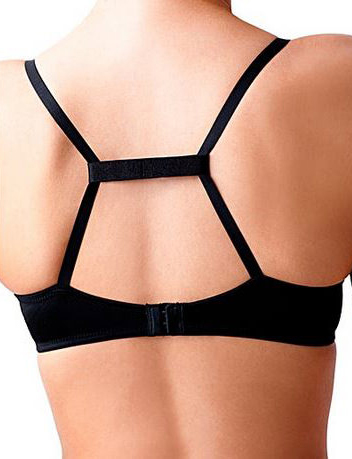
When it’s time for the Promotion!
Maternity bras and nursing bras differ in one basic way: Nursing bras have clasps or panels that allow easy access to the nipples for breastfeeding. Is that it? Yes, you can use the same features you added on your maternity bra for your nursing bra and voila, now you have a nursing bra!
Generally, a mother’s cup size will go up one or two letters when her milk first comes in, but she will usually not stay this larger size. Sometime between week two and week six of nursing the cup size will settle. Generally speaking, you will settle back down to the size you were in your last month of pregnancy. There are always exceptions, some mothers go up a few cup sizes and stay there for six months or more, some mothers do not increase in cup size at all. The size of your bra cup does not determine how much milk you will make – every size and shape of breast can make milk.
Making nursing bras in your last month of pregnancy means you will have some bras for baby’s arrival. You may not have time to sew after the baby arrives!
I advise against wearing a traditional underwire during pregnancy and the early days of breastfeeding, because rigid underwires (especially incorrectly fitted wires) can place pressure on the milk ducts. Therefore, this can potentially block milk flow and lead to plugged milk ducts. In turn, this may lead to nasty infections requiring antibiotic intervention. Yikes! That being said, if after a couple of months, if you haven’t had problems with blocked milk ducts, then a well-fitted underwire bra is possible, but only if the wire correctly fits the base of your breast!
You can do it!
It is easy to make a bra cup with concealed seams or seams designed to avoid the nipple area and therefore reduce the risk of chafing. Use soft 100% cotton lining for the ultimate in comfort and support and breathability.
In my next post, I’ll be having a special guest who made all of her own nursing bras. She’ll share with you what she liked about them, as well as advice on what to avoid when making them. Stay tuned!

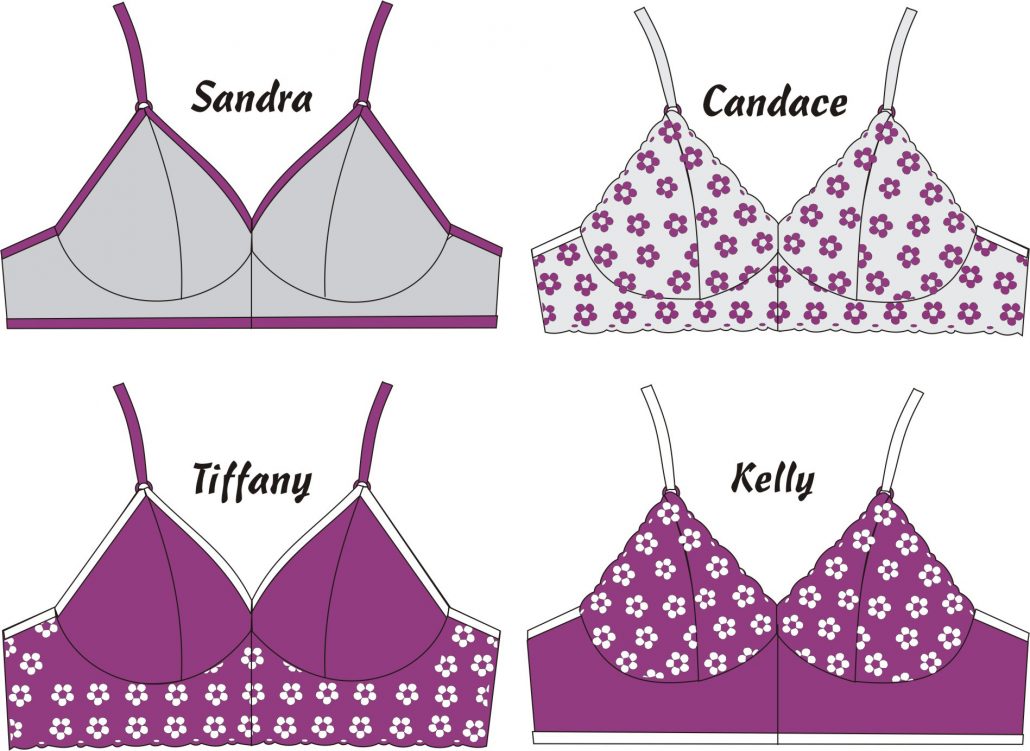




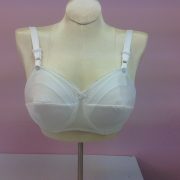

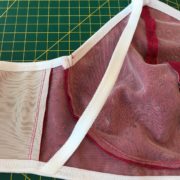

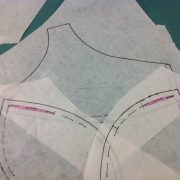


Leave a Reply
Want to join the discussion?Feel free to contribute!